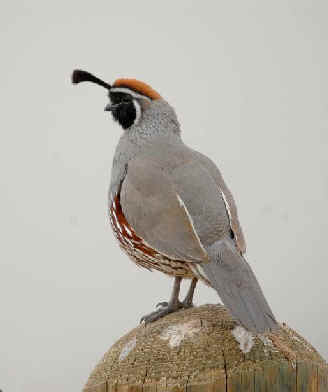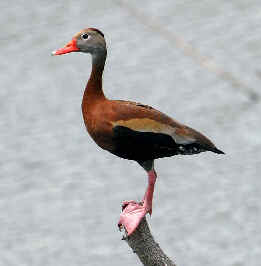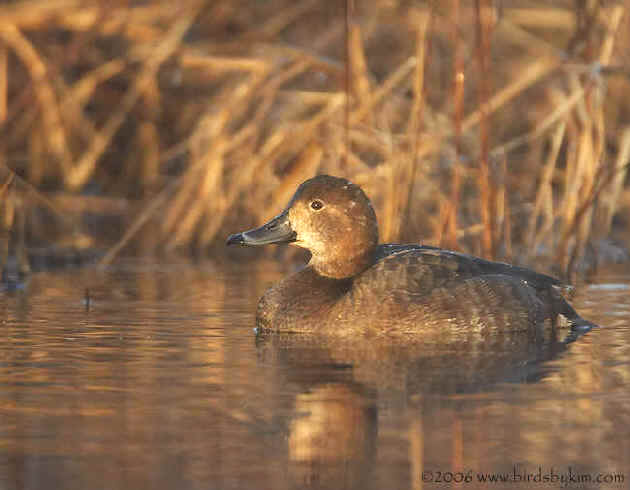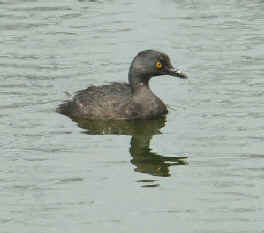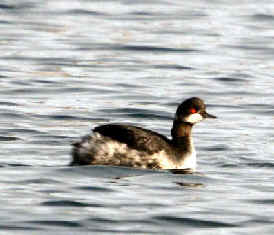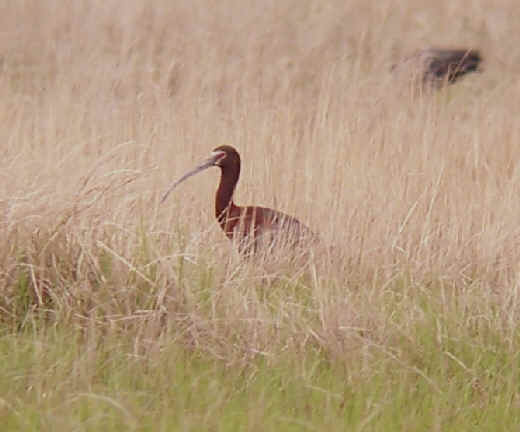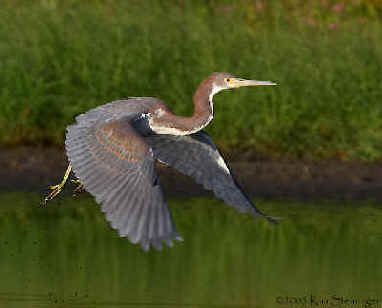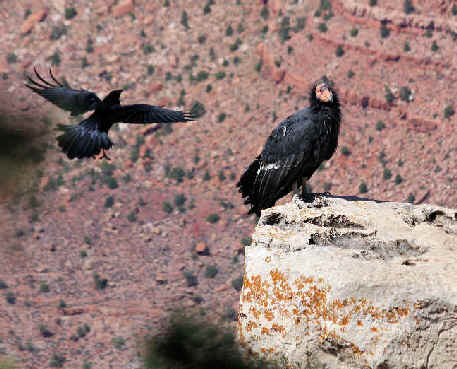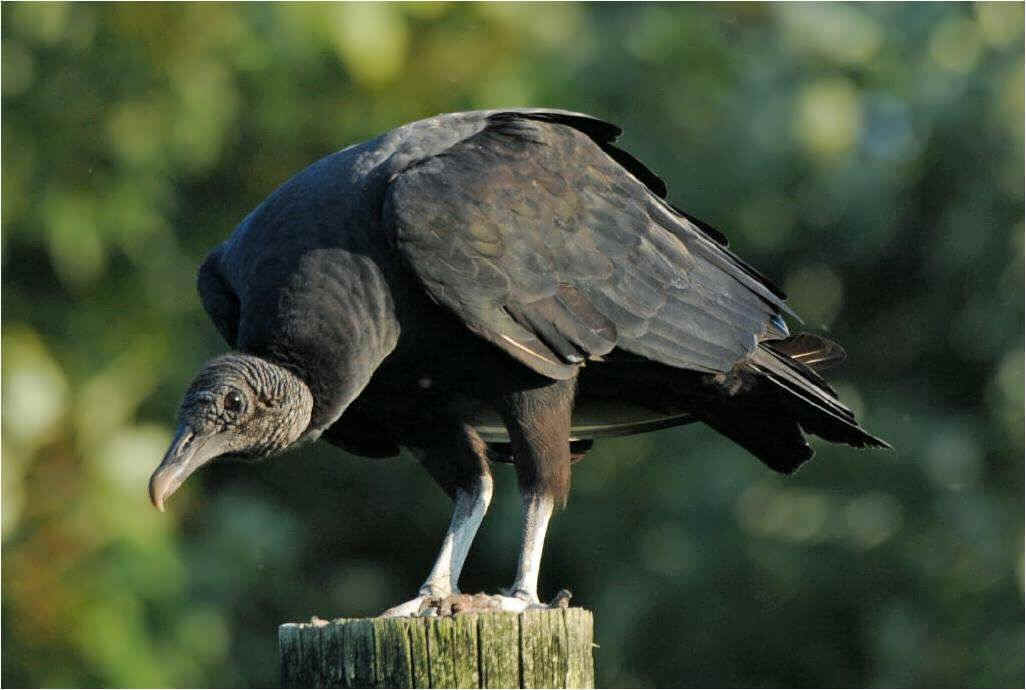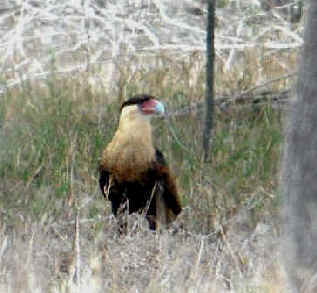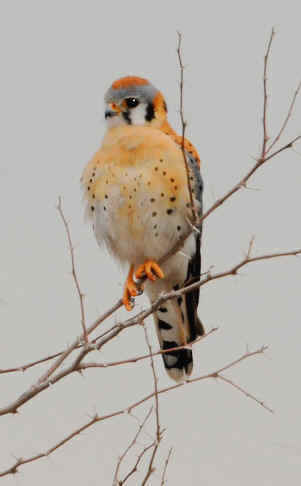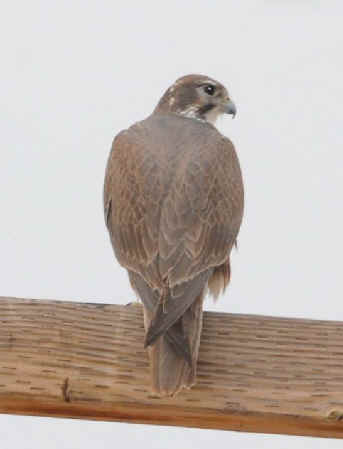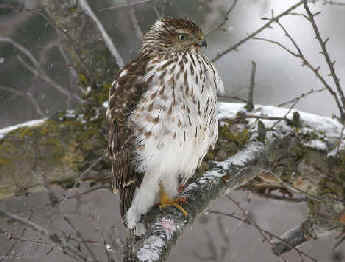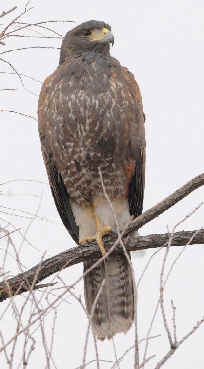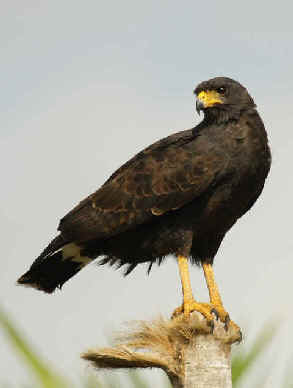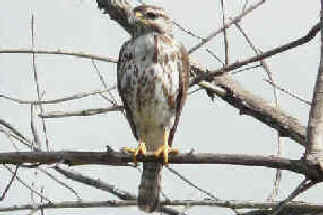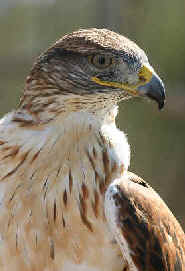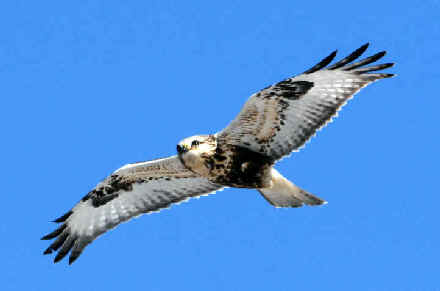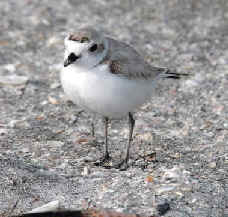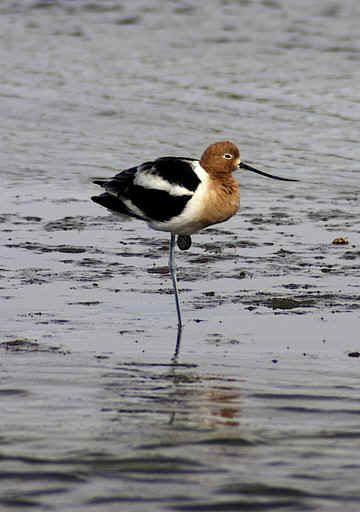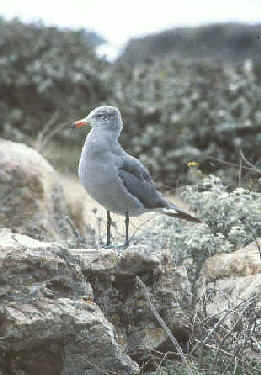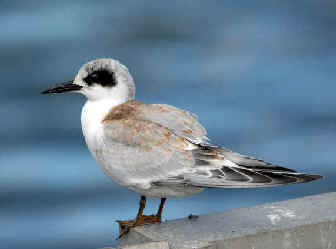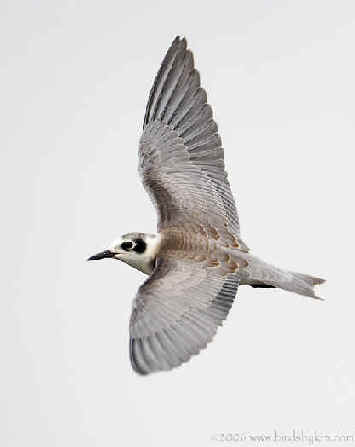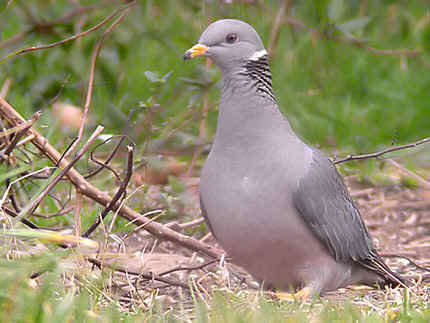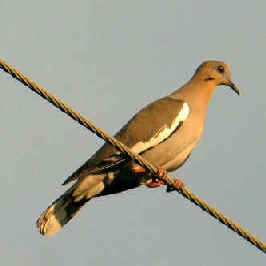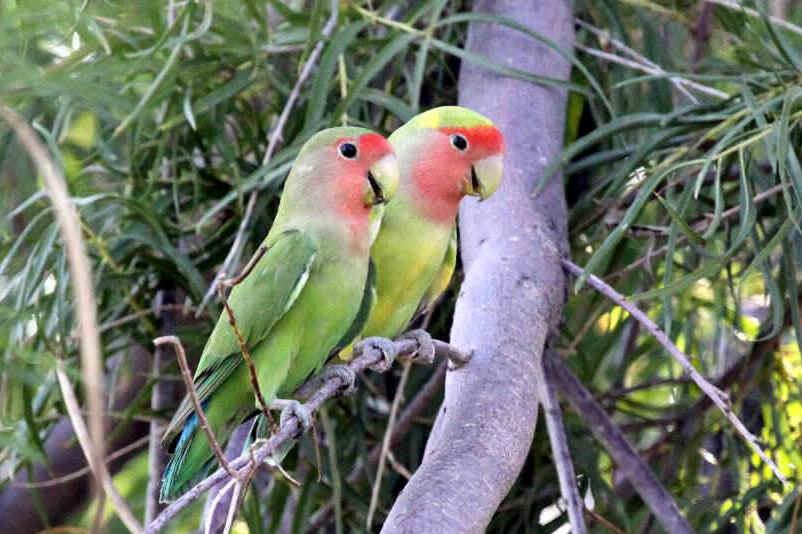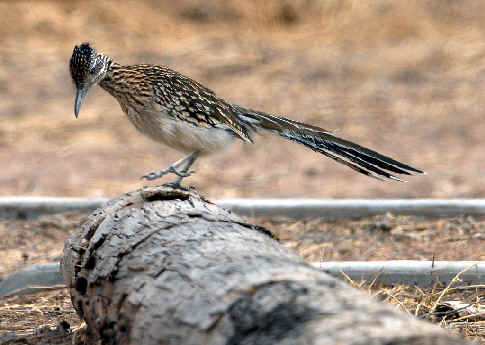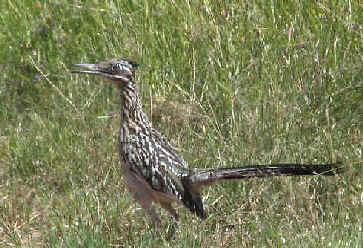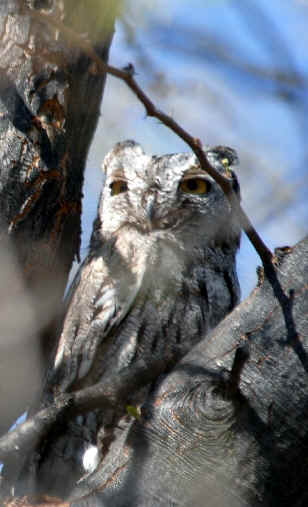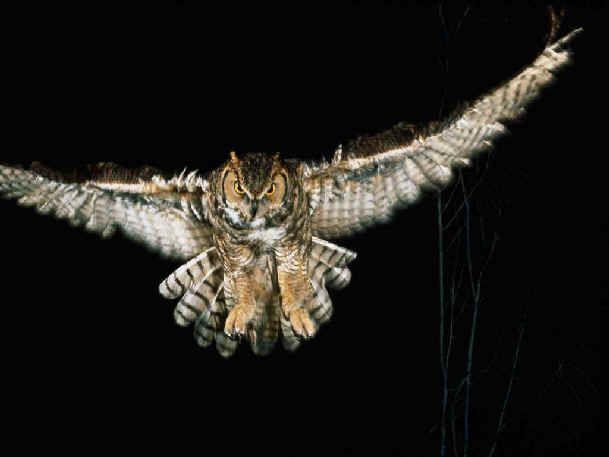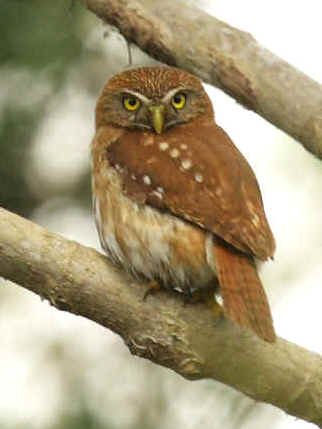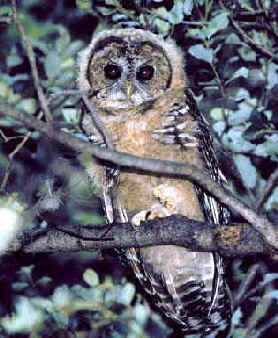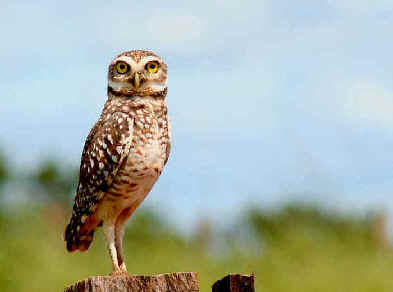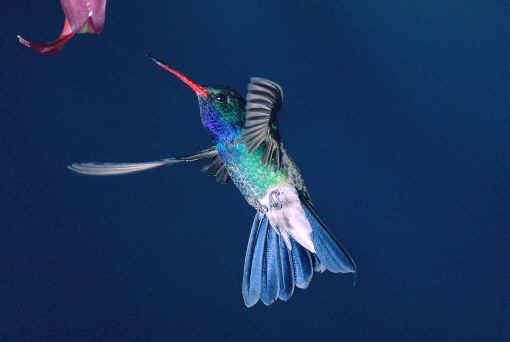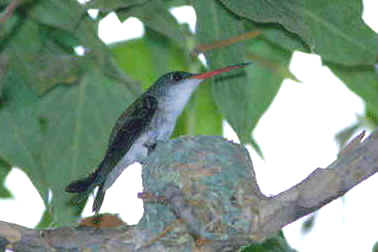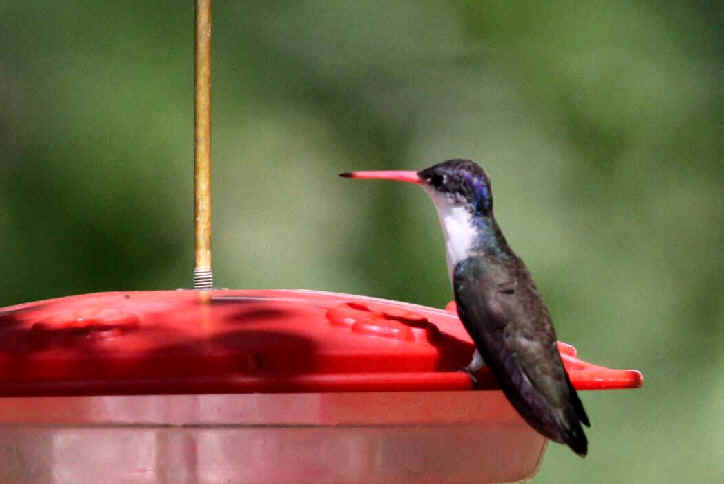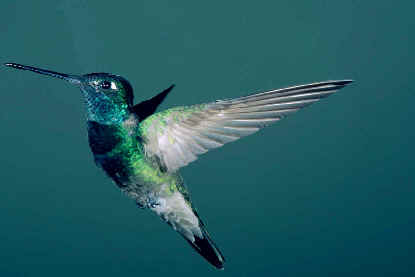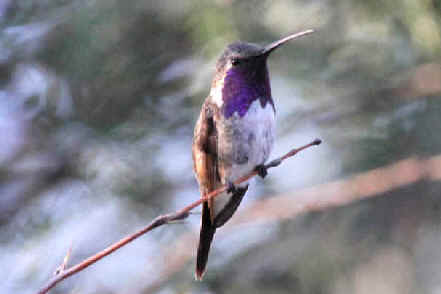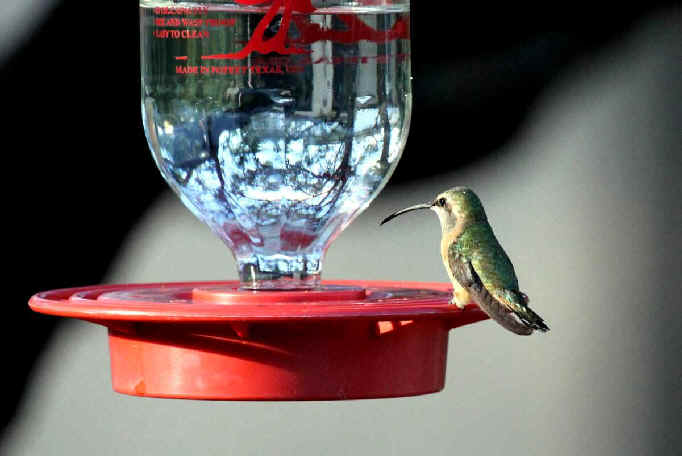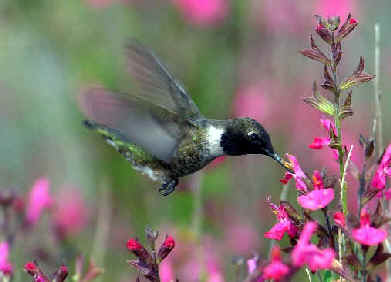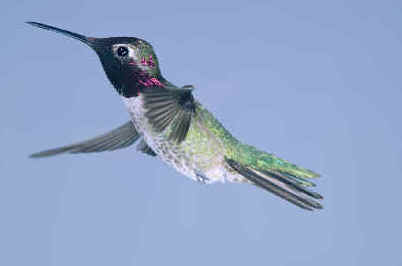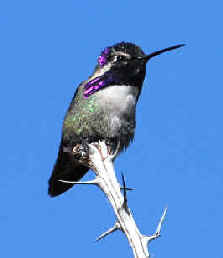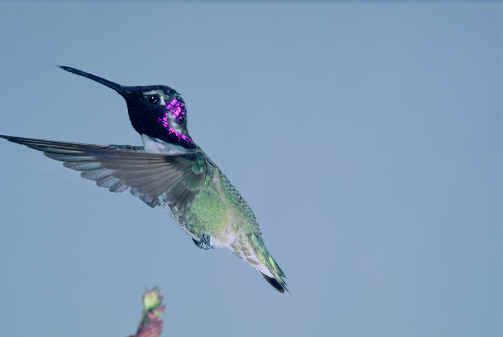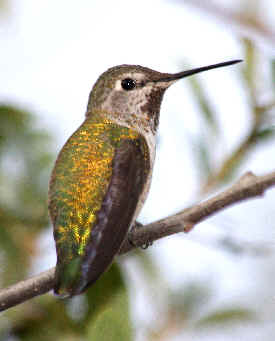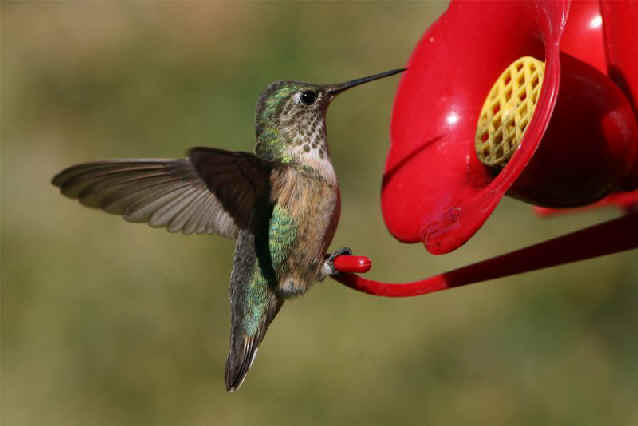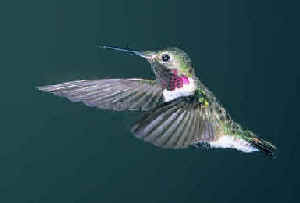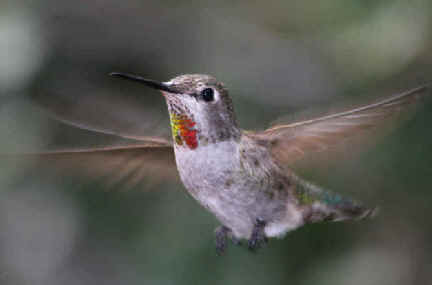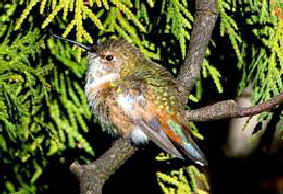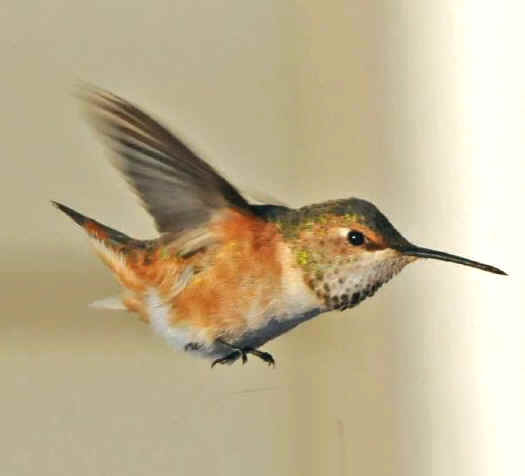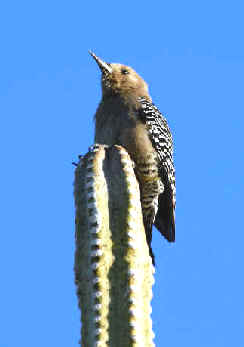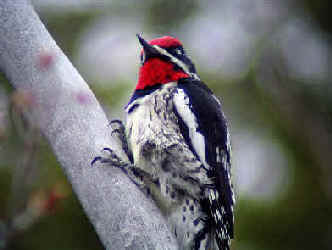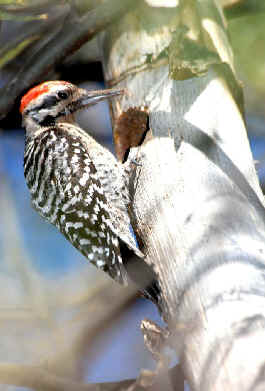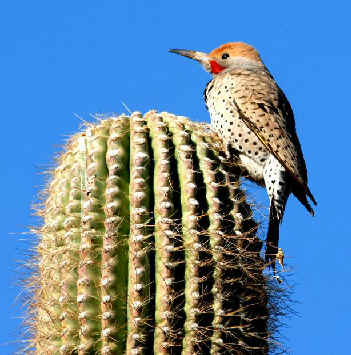
E-mail: font@focusonnature.com
Phone: Toll-free in USA 1-888-721-3555
or 302/529-1876
Website: www.focusonnature.com
 |
PO Box 9021,
Wilmington, DE 19809, USA E-mail: font@focusonnature.com Phone: Toll-free in USA 1-888-721-3555 or 302/529-1876 Website: www.focusonnature.com |
during the months of January,
including Southern Arizona Specialties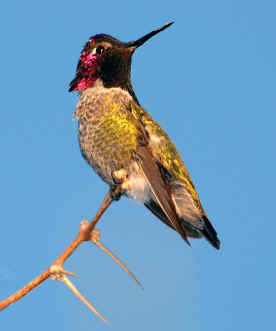 ARIZONA
BIRDS
ARIZONA
BIRDS
from Quails
to Becard
including those
during Focus On Nature Tours
noted with an (*)
1993 thru 2015
July, August, & September
(and some birds in nearby New Mexico)
compiled by Armas Hill
Link to: Part 2 of
this List of Arizona Birds, from Flycatchers to Buntings
293 species of birds have cumulatively been seen during FONT Arizona tours.
UPPER RIGHT PHOTO: a male ANNA'S HUMMINGBIRD,
1 of 14 species of hummingbirds seen during FONT tours in Arizona.
We've seen the ANNA'S HUMMINGBIRD in Arizona in the summer and the winter.
(photo by Howard Eskin)
Codes:
GC: has
occurred in the area of the Grand Canyon
NM: in nearby New Mexico
sas: a southern Arizona specialty (usually common in Mexico)
jan: during FONT tours in January
jul: during FONT tours in July
aug: during FONT tours in August
sep: during FONT tours in September
S: occurs most commonly in the summer
W: occurs most commonly in the winter
S/W: year-round
W/S: year-round, more commonly in the winter
(USe): endemic to the USA
(USqe): quasi (or nearly) endemic to the USA
(USneb): near-endemic breeder in the USA
(NAi): species introduced into North America
(t): a globally threatened or rare species, designated by Birdlife International
(t1): critical (t2): endangered (t3): vulnerable
(nt): a near-threatened species globally
(AZr): rare in Arizona
(AZl): local in Arizona
(NAr): rare in North America
(i): introduced species in North America
(ph): species with a photo in the FONT website
Links:
Upcoming
FONT Birding & Nature Tours in Arizona Upcoming
FONT Tours Elsewhere
FONT Past Tour Highlights
Photo Galleries & Narratives from
past FONT tours
A Complete List (with some photos) of North American Birds, north of Mexico, in
6 parts:
Part
#1: Grouse to Anhinga Part #2: Condor to Shorebirds
Part #3: Jaegers to Cuckoos
Part #4: Owls to Flycatchers
Part #5: Shrikes to Pipits
Part #6: Olive Warbler to Buntings
Other Lists & Photo Galleries of:
Arizona
Mammals Arizona
Amphibians & Reptiles
Arizona Butterflies, Dragonflies & Damselfies, and Grasshoppers (with some photos)
Plants in the Arizona Desert & in some nearby habitats
Directory of Photos in this Website
Bird-List:
